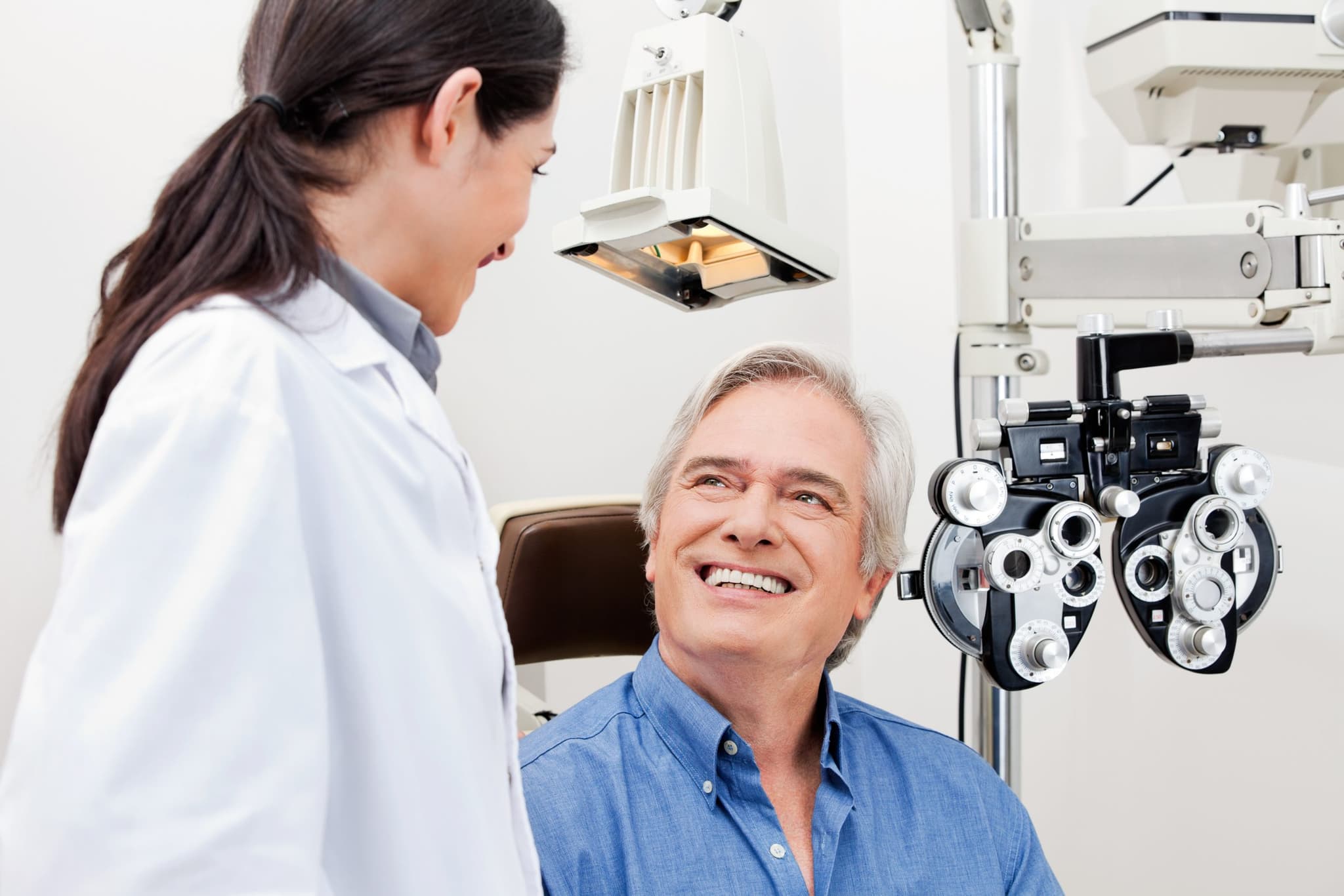
2022-06-15T09:48:15
Cataracts Awareness: Just See What you are Missing
- Ophthalmology
March 16, 2016 | Ophthalmology
Specialties:Ophthalmology

You may know that more than 22 million people in the United States have cataracts and that this eye problem is the leading cause of blindness in the world. You might even be aware of how cataracts can destroy your vision. The one thing you may not understand, however, is how to know if you have cataracts.
The best way to know if you have cataracts is to visit your eye care professional, of course, but you can take other steps between your regular eye exams to know if you have cataracts.
Understanding how, where and why cataracts develop can help you know if you have this common vision problem.
A cataract develops when the lens of your eye, which sits just behind your iris and pupil, becomes cloudy in a way that affects your vision. A clear lens helps to focus light on your retina, which is the light-sensitive tissue lining the back of your eye. Your retina then changes the light into nerve impulses. The optical nerve sends these nerve impulses to your brain, which interprets what you see.
The best way to know if you have cataracts is to visit your eye care professional, of course, but you can take other steps between your regular eye exams to know if you have cataracts.
The lens is made mostly of protein and water. The protein is precisely arranged in a way that keeps your lens clear and allows light to pass. As you age, however, some of the protein moves out of alignment and clumps together, creating a cloudy cataract on your lens. The cataract can grow and cloud a larger portion of your lens to obscure your clear vision.
Cataracts are often age-related, which means they develop in older eyes. If you are like most people with this common vision problem, you develop cataracts in your 40s or 50s but do not develop symptoms until you are in your 60s. More than half of all Americans aged 80 or older currently have cataracts or have had surgery to remove them.
While cataracts can occur in one or both eyes, they cannot spread from one eye to the other.
Cataracts typically start out small and present few symptoms in the beginning.
When cataracts do begin to cause symptoms, you might notice blurred vision or feel like you are looking through a cloudy piece of glass. Cataracts may cause double vision. As they get larger, cataracts can even distort vision so that it seems like you are viewing the world as an impressionist painting.
If you are like most people with this common vision problem, you develop cataracts in your 40s or 50s but do not develop symptoms until you are in your 60s.
You may have cataracts if the sun or indoor lighting seems too bright or glaring. Cataracts can increase glare from oncoming headlights when you drive at night. You might be developing cataracts if colors seem less vibrant.
Needing frequent updates to your eyeglass or contact lens prescription is another sign that you have cataracts.
Your eyes change with time, including your eyes’ lenses where cataracts develop. Age is a risk factor for cataracts. The American Optometric Association lists other risk factors, including:
The very best way to know if you have cataracts is to undergo a comprehensive eye examination by an ophthalmology professional with the training, expertise and tools necessary to detect and diagnose cataracts. At your appointment, your eye care professional will gather a detailed history to determine how vision loss is affecting your life and perform tests, such as:
If you do have cataracts, your eye care specialist can suggest cataract treatment to help you see more clearly.
WRITTEN BY:
The Live Better Team
This information is not intended to replace the advice of a medical professional. You should always consult your doctor before making decisions about your health.